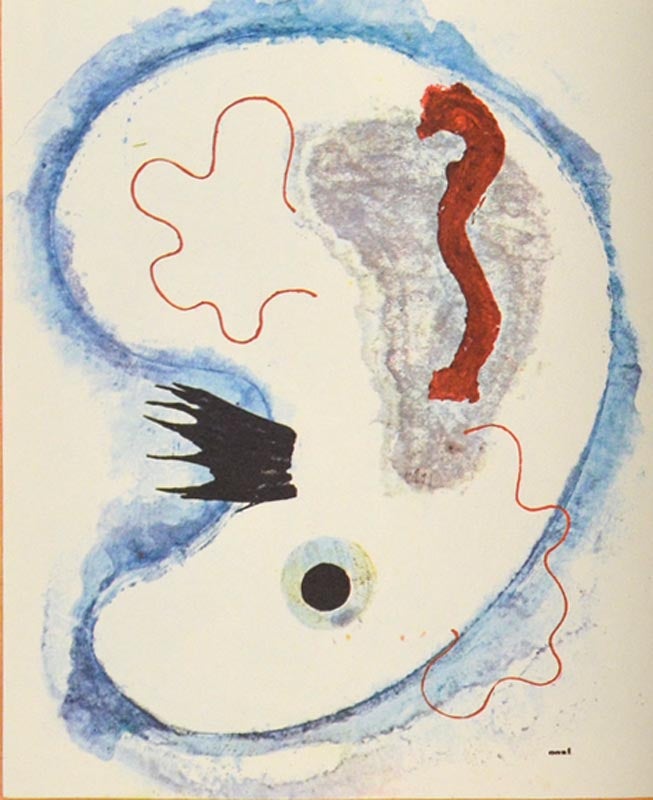Boston Book Company: Catalogues
The urge to collect starts when we’re children, with shells and toys, and expands in scope with new interests and resources. But being a collector is more than buying what interests you; there’s a seeking that’s involved, whether it’s candy wrappers, cloisonne or vintage fabric. A seeking that grows with research and exposure to one’s chosen collection. The thrill of collecting, which is a solitary act, can be amplified by sharing one’s collections with others with similar interests. Here is a list of collections and catalogs revealing the interests and passions of collectors who have gone before us. Please click on the links to enjoy photos and descriptions.
 Crepe Paper Catalog - Folklore, Fairy Tale and Tradition
Crepe Paper Catalog - Folklore, Fairy Tale and Tradition
These little souvenirs of travel from the late 1800s to early 1900s still hold their charm over a century later and some hold their own in terms of literary merit, such as stories by Lafcadio Hearn and volumes of classical and modern verse by established poets. As well as whimsical folklore and fairy tales, they record daily life in Japan as witnessed by expatriates who called Japan their home. All are illustrated with beautiful woodblock prints in vivid or limpid colors. Earlier fairy tales are on plain paper and later volumes on the visually and tactilely appealing creped paper.
Issued by the publisher, T. Hasegawa, who had the vision and marketing skills to reach audiences first in Japan and then beyond into East Asia, Europe and the United States, with these wildly successful books.
The list begins with sets of the fairy tale series and follows with plain and crepe paper versions of individual titles, single titles on culture, and a set of poetry volumes with creped covers, all but one with English text.
Click on the thumbnail photos to enter the world of Chirimen-bon - crepe paper books. View Online
Centuries after their inception, the Japanese theater arts of Kabuki, Noh and Bunraku are still being performed; sets, makeup, roles and costumes are renewed by succeeding generations. Rarely, if ever, are they performed outside of Japan. Here we offer items that capture the living traditions of these arts in woodcuts, drawings, photo illustrations and text, preserving what we can of these cultural treasures. Japanese theatre has also grown beyond its traditional forms to include works by contemporary masters. Highlights include a large archive of material by Oda Otoya, a scenic master of contemporary theater, over 500 issues of a Kabuki fanzine and a peek behind the scenes of Actors Without Makeup.
TRAVEL IN JAPAN
It is simple-minded perhaps to propose the example of Japanese tourists from the recent past as a proof of the cultural importance of travel in traditional Japan... Eyewitnesses to a world "beyond history" in the 90s, tourists from Japan cruised everywhere, armed with wonderful cameras and a desire to duplicate every "wish you were here" postcard ever created.... but with a personal touch of some loved one giving the peace sign in front of Versailles or the Kremlin or Victoria Falls.…One may laugh at such a comparison, but the desire to record the beauties of nature, to participate in sampling local cuisine, local customs, local handcrafts of great skill has not disappeared. Spend some time with everyday TV in Japan and you will see much that resonates with that desire to explore…. From home, virtually, as well as in reality. And the brush.... through scrolls and paintings, could be seen as the virtual tool/media of the day as the computer/TV is today... View Online
Any lover of Japanese art knows the name of Katsushika Hokusai (1760-1849) of course. The circumstances of his biography are no mystery.
In many ways, he was the last great genius of Japanese art, at least as a practitioner of the ukiyoe school, Hokusai left his indelible mark on the aesthetics of late Edo.
Imagine our understanding of Japanese art without the Hundred Views of Fuji, or the MANGA.... Almost as impossible as imagining Renaissance art without Leonardo. They changed our world by changing their own.
So, here are a few books by Hokusai and his followers... Not the rare and beautiful illustrated poetry anthologies of his early and middle years, when he was an up and coming artist working with Tsutaya and other deluxe printing houses. Rather these are the books from his later years that were so immensely popular it is very hard to find early acceptable printings of them.
There are nice copies in this list. I have been squirrelling them away for years. Enjoy!


AVANT-GARDE




 Collections Catalogue
Collections Catalogue











